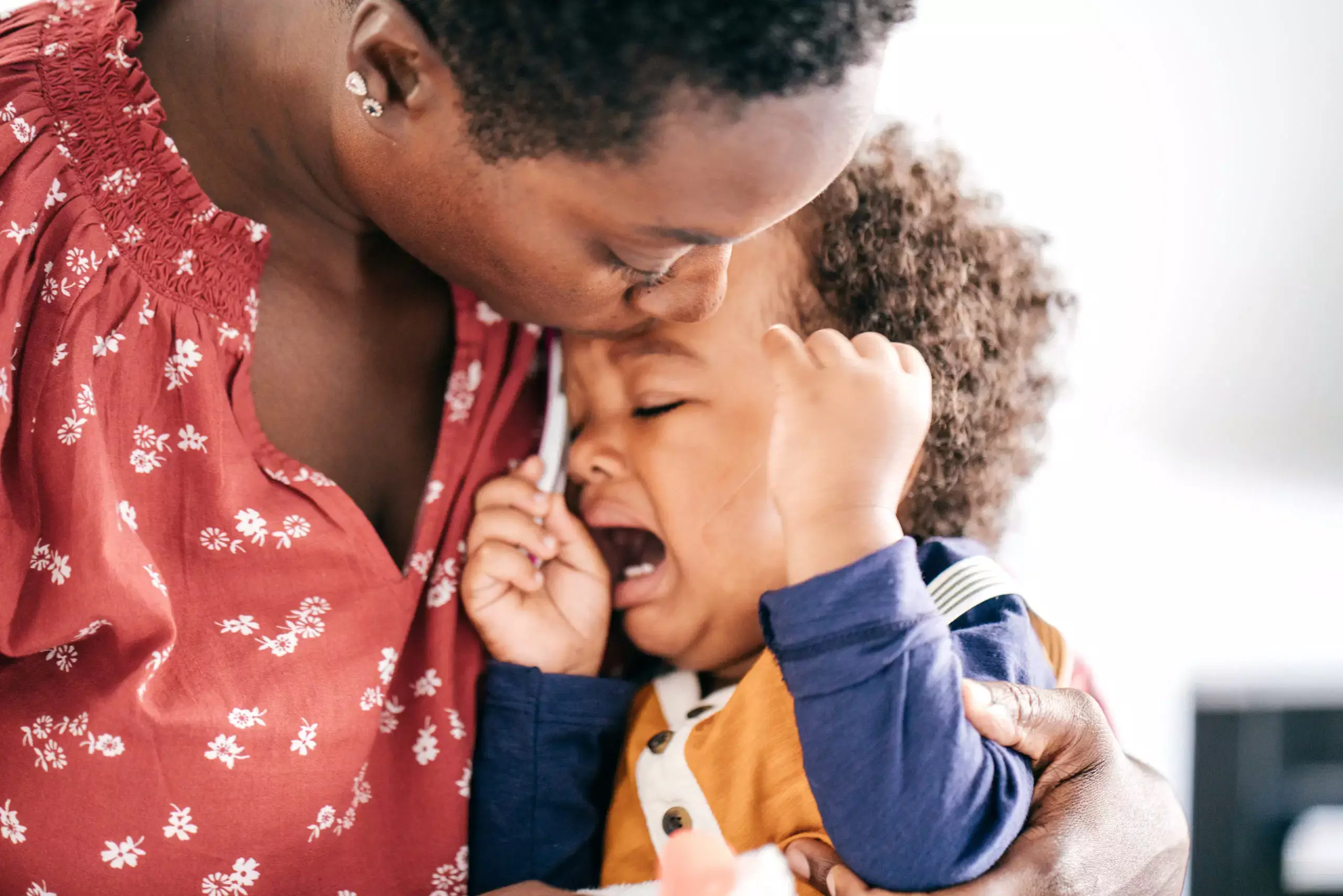Every parent experienced the chaotic and bewildering nature of toddler tantrums at some point. These outbursts can be confounding and carry an emotional weight that leaves caregivers questioning their abilities. In the midst of one such episode—infamously dubbed “the graham cracker tantrum of 2017”—a parent found themselves grappling with their child’s escalating emotions. Their young son, accustomed to a predictable routine, struggled with the disruption of an impromptu lunch outing. This situation underscores a crucial aspect of parenting: the importance of understanding that tantrums are a common phenomenon in early childhood development.
Tantrums often arise when children face overwhelming emotions, whether from hunger, fatigue, frustration, or even a lack of vocabulary to express their feelings. This fundamental struggle can lead to explosive reactions that seem irrational to adults, yet these responses are an integral part of toddlers’ emotional growth. The journey through these unpredictable episodes can be challenging, but it offers an opportunity for deeper connection.
When faced with an emotional storm, how should parents react? It’s essential to approach a tantrum not as a conflict but as a critical moment for connection. During the incident involving the graham cracker, the immediate inclination might be to placate the child with snacks or to impose discipline, but these actions can often be counterproductive. Instead, caregivers should strive for a calm and accepting demeanor, recognizing that the child is not deliberately misbehaving but rather experiencing an emotional crisis.
That’s why understanding the reason behind a tantrum is key. By acknowledging that these episodes are a normal part of their child’s development, parents can maintain their composure amidst the chaos. This acceptance fosters a nurturing environment. When caregivers are calm, their presence becomes a source of safety and comfort that the child desperately needs during an emotional upheaval.
In the moment of a tantrum, the best course of action isn’t about silencing the storm but riding it out together. Sitting beside the child during their episode and allowing them to express their feelings through words or actions mirrors a sense of understanding that some adults may unconsciously deny. This non-intrusive presence communicates unconditional support and love.
Rather than attempting to reason with a child who is too engulfed in their explosive emotions to listen, caregivers should focus on what they can control: their own reactions. Minimizing verbal communication can also prove helpful, as toddlers often struggle to absorb information during an emotional outburst. By keeping the atmosphere calm, the caregiver sends a message that it’s okay to feel big feelings, thus laying the groundwork for emotional resilience.
As the turbulent waves of a tantrum begin to recede, it creates an opportune moment for reconnection. Signs like decreased screaming, eye contact, or familiar comfort-seeking behaviors indicate that the child is ready to re-engage emotionally. In these moments, extending open arms or physically inviting them to share a comforting hug strengthens the emotional bond. This post-tantrum affection reinforces that love persists even during periods of distress.
Establishing a support system surrounding difficult emotions fortifies the caregiving relationship. This moment enables parents and children to transition from chaos to intimacy, resulting in a stronger connection that transcends the immediate situation. Just like friendships flourish through vulnerability and shared experiences, familial ties deepen through how parents navigate emotional rollercoasters with their children.
Ultimately, tantrums serve as pivotal experiences in shaping trust and emotional intelligence in children. Each outburst becomes a lesson in navigating and expressing feelings. As children learn to articulate their needs and emotions through these interactions, they become more adept at handling stress in various environments as they grow.
Parents must keep an internal dialogue grounded in empathy and patience. The goal is to cultivate a safe, open space for children to explore their emotions, helping them feel confident in returning to their caregivers during moments of distress in the future.
Embracing tantrums as a natural aspect of childhood, rather than avoiding or fearing them, paves the way for nurturing relationships that withstand the test of time. Just as a chaotic moment over graham crackers can be a teaching opportunity, so can every subsequent tantrum serve as a stepping stone toward a loving, communicative future filled with trust and connection.

